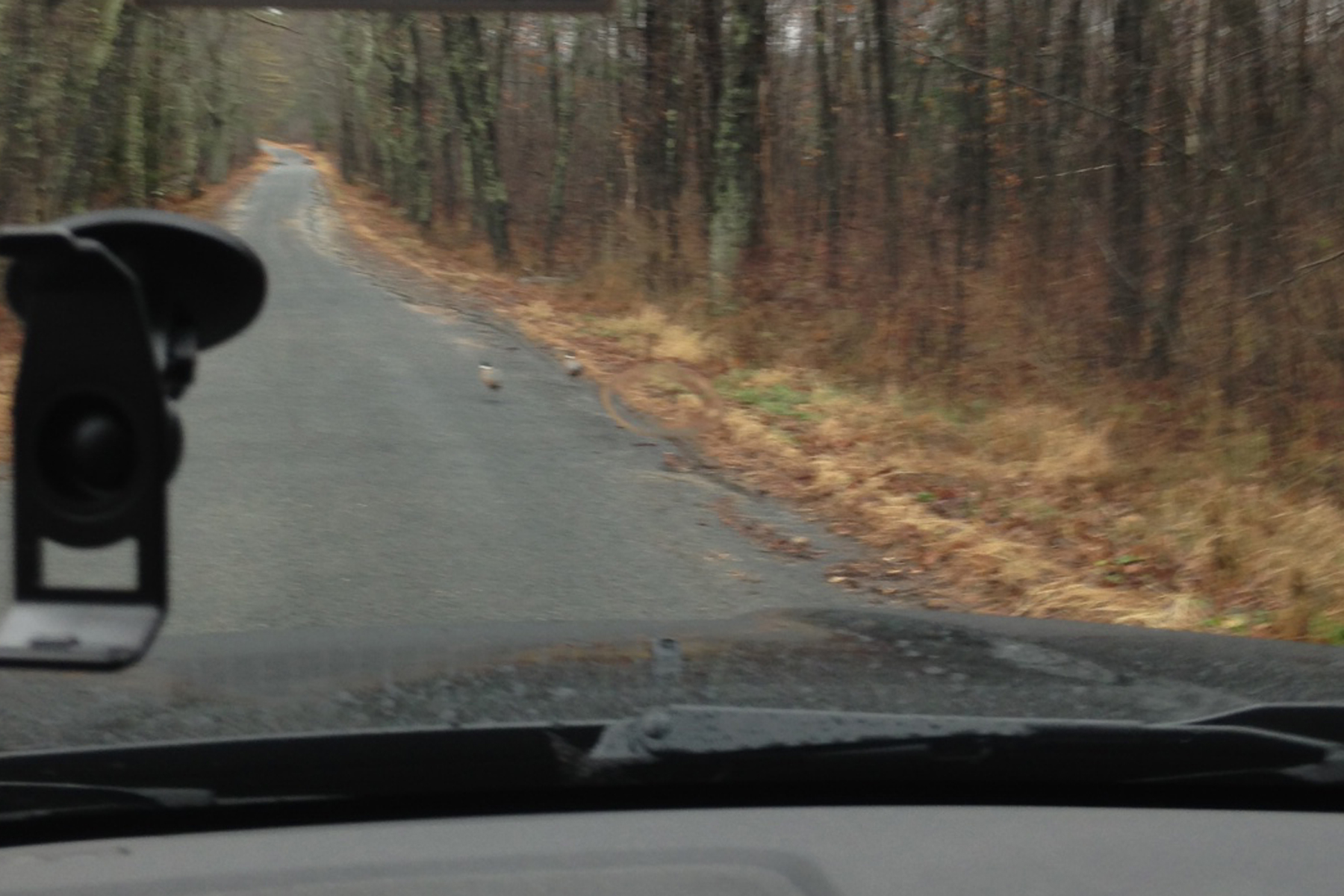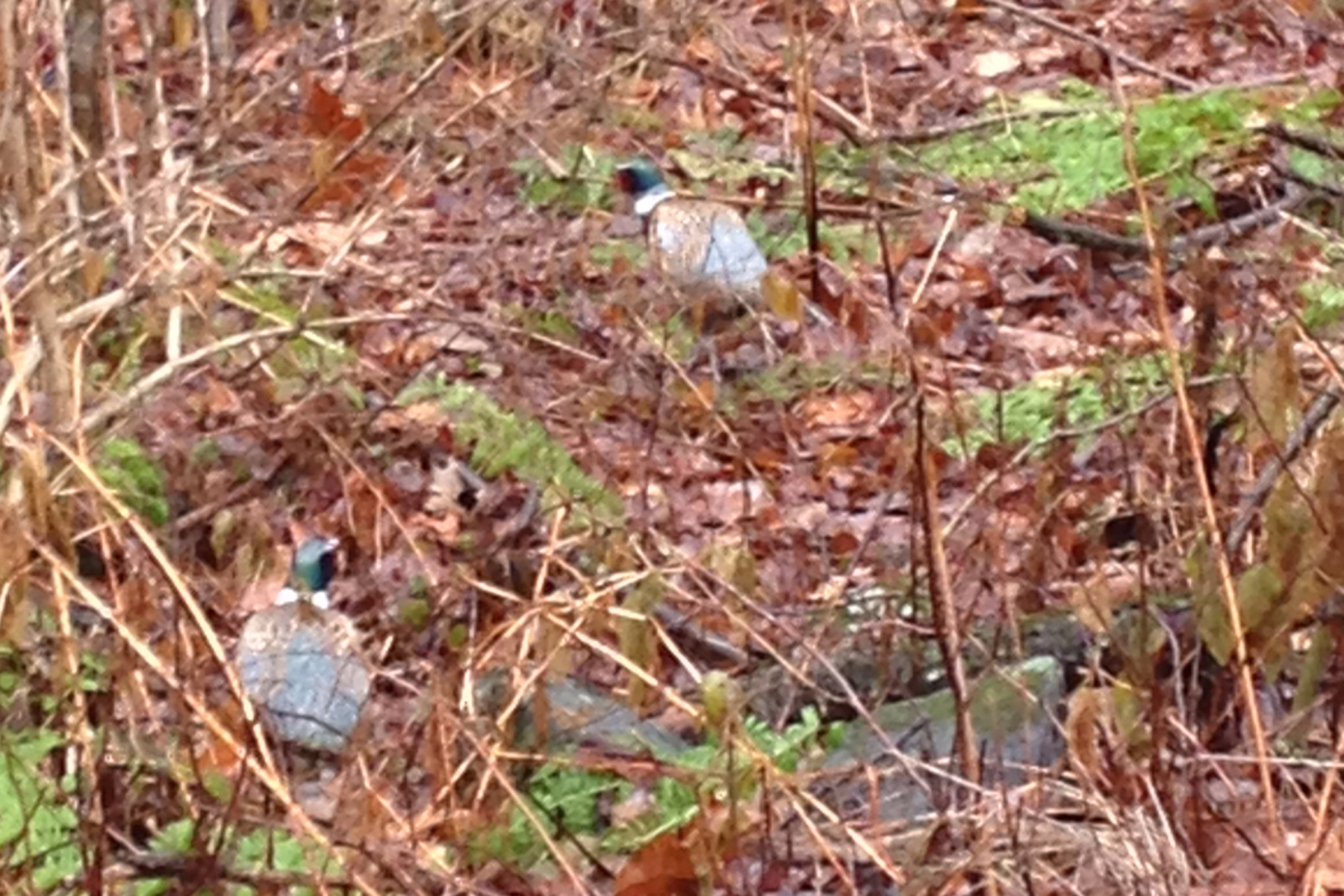


Photos © Loree Griffin Burns
There are lots of reasons I admire the tree in the leftmost photo above, not the least of which is that it shades a lovely corner of our yard. When we moved here in December 2011 the tree had no leaves, so I wasn’t able to identify it. But as soon as it put out its abundance of green, oval, toothed leaves, I became intrigued. They were pretty distinctive. See the picture up there in the middle? Notice how the base of the leave meets up with the petiole, the little leaf stem, unevenly? According to my memory–and later to my favorite field guide to trees–this was the leaf of the American elm tree.
Did you know that most of the American elms that once lived in the United States are now dead? They were killed by Dutch elm disease, a fungal affliction spread by elm bark beetles. It says all this in my field guide, and yet here was an American elm-ish tree, standing taller than our two-story roofline, holding up an ample canopy and a hammock.
I told Mr. Burns my suspicions last summer and asked him to keep an eye out for elm fruits. Within days, he brought me the small fruit pictured with the leaf, which he’d found while sweeping the patio under the tree. (Mr. Burns is an incessant patio sweeper. And he has good eyes.) The fruit verified my identification: our tree was a healthy American elm.
I’ve asked around, and people who should know tell me the tree is a fluke. It has avoided the plague so far, but probably by chance alone. It will surely contract the disease and, eventually, die of it. Just like the millions of other American elms that once grew here in Massachusetts. Maybe so. But until that happens, I plan to swing under it and admire the heck out of its sturdy limbs. I plan to press its leaves into books and against my cheek and send prayers to the botanical gods. I plan to lie in its shade as often as possible and dream healthy survivor dreams. And on spring days like today, I plan to believe those dreams might come true. Because today, as you can see in the rightmost photo, it is raining American elm fruits at my house. Pouring, actually.















